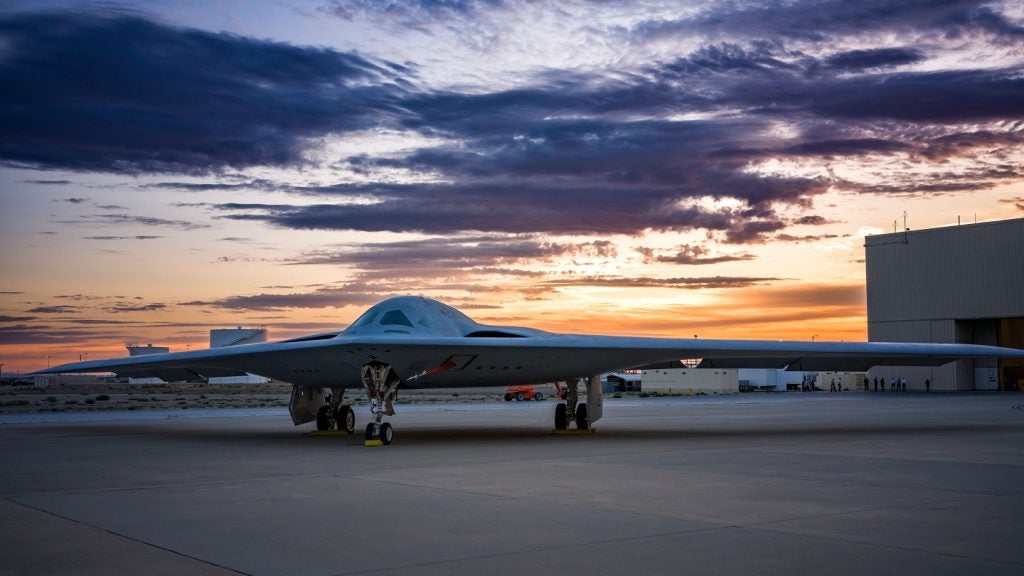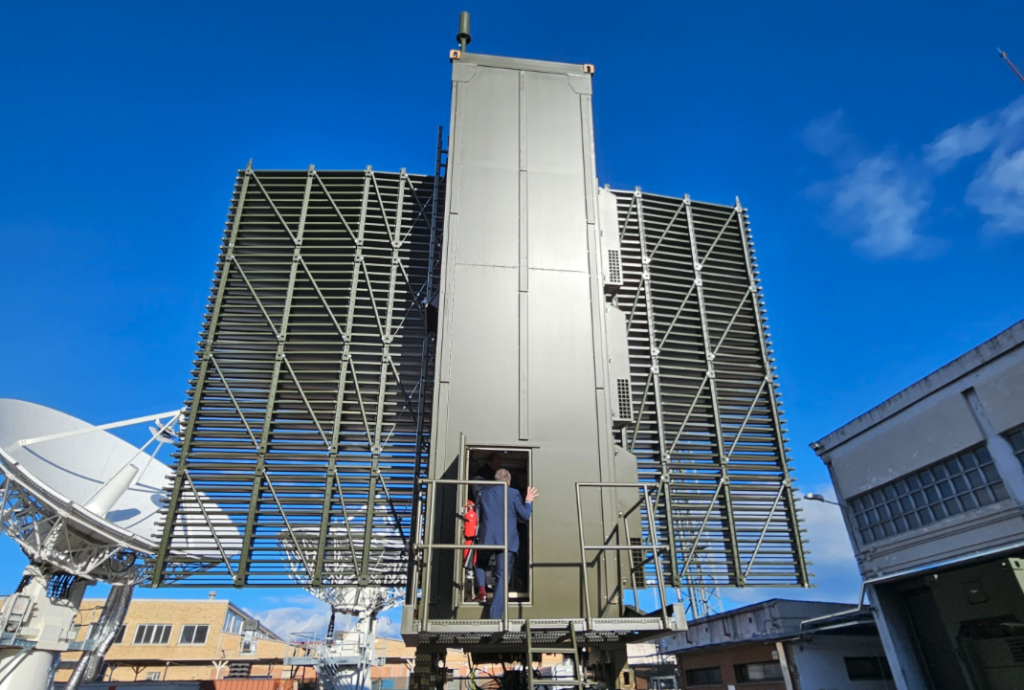General Dynamics (GD) SATCOM Technologies has completed the construction of a 7,000ft² radar array structure for the US Air Force’s (USAF) Space Fence programme.
Work under the contract was performed at GD’s Wortham, Texas, precision manufacturing facility.
The latest development will be followed by the dismantling of the steel structure to be shipped to Kwajalein Atoll, in the Republic of the Marshall Islands for integration into the Space Fence system.
General Dynamics Mission Systems vice-president and general manager Mike DiBiase said: "The ground-based receive array is an elegant merger of a huge physical structure built with the precision of a complex scientific or medical instrument.
"The SATCOM Technologies-built array has the sensitivity to locate, identify and track objects as small as a softball, hundreds of miles above the Earth’s surface."
See Also:
The 12m-tall structure has been designed to withstand earthquakes, hurricane force winds and extremes in temperature and humidity.
How well do you really know your competitors?
Access the most comprehensive Company Profiles on the market, powered by GlobalData. Save hours of research. Gain competitive edge.

Thank you!
Your download email will arrive shortly
Not ready to buy yet? Download a free sample
We are confident about the unique quality of our Company Profiles. However, we want you to make the most beneficial decision for your business, so we offer a free sample that you can download by submitting the below form
By GlobalDataClaimed to be a key asset in the USAF’s space situational awareness (SSA) plans, Space Fence is a multiphase programme seeking delivery of up to two globally positioned, S-band radars to enable accurate detection, tracking, measurement and recording of objects and debris orbiting the Earth.
The system will replace the existing air force space surveillance system (AFSSS), which has been tracking space debris since the 1960s and was decommissioned in September 2013 due to budgetary constraints.
The development is part of a $915m deal awarded by USAF to Lockheed in June 2014, for development of Space Fence, a multi-static radar system designed to enhance the service’s ability to identify and track space debris.
The contract required GD will develop ground structures and will also integrate the mechanical systems for Space Fence.
The contract reportedly also includes provision for a series of options that cover possible construction of the second radar site in the western Australian city of Perth, which would however, be awarded only after the Kwajalein site achieves IOC in 2018.







